-
 bitcoin
bitcoin $111145.080499 USD
0.75% -
 ethereum
ethereum $3928.989005 USD
1.66% -
 tether
tether $1.000226 USD
-0.02% -
 bnb
bnb $1108.209329 USD
-2.26% -
 xrp
xrp $2.545944 USD
6.36% -
 solana
solana $193.960655 USD
0.72% -
 usd-coin
usd-coin $1.000128 USD
0.02% -
 dogecoin
dogecoin $0.199304 USD
2.23% -
 tron
tron $0.297908 USD
-4.88% -
 cardano
cardano $0.656962 USD
2.13% -
 hyperliquid
hyperliquid $39.225782 USD
-1.92% -
 chainlink
chainlink $17.897108 USD
2.99% -
 ethena-usde
ethena-usde $0.999354 USD
-0.02% -
 stellar
stellar $0.321154 USD
3.36% -
 bitcoin-cash
bitcoin-cash $505.299839 USD
5.10%
Understanding the centralization of mining pools
Dominant mining pools controlling over 50% of hash power threaten blockchain decentralization, enabling transaction manipulation and double-spending risks.
Oct 24, 2025 at 05:19 am
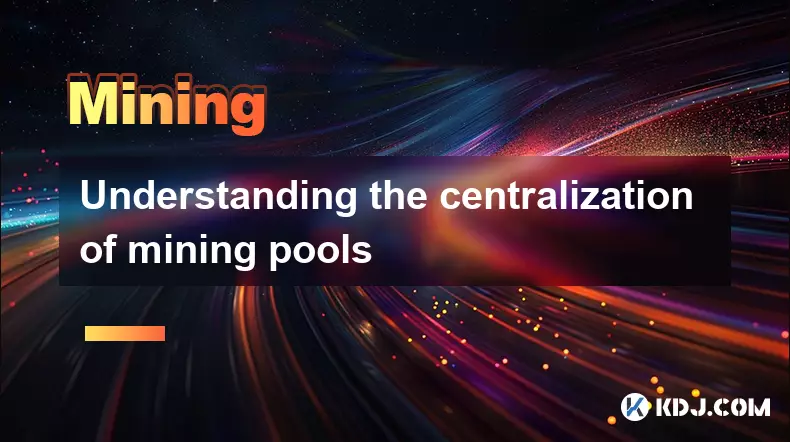
Power Distribution in Cryptocurrency Mining Networks
1. The structure of mining pools plays a crucial role in determining how decentralized a blockchain network truly is. A small number of dominant mining pools can control more than 50% of the total hash rate on certain blockchains, raising concerns about potential manipulation. This concentration enables a handful of entities to influence transaction validation and even initiate chain reorganizations under specific conditions.
2. Mining centralization often stems from economies of scale. Large pools benefit from reduced operational costs, access to advanced hardware, and strategic locations with cheap electricity. These advantages allow them to attract more miners, reinforcing their dominance and making it harder for smaller participants to remain competitive.
3. Geographic clustering further intensifies the issue. A significant portion of Bitcoin’s mining power is located in regions with favorable energy policies or surplus electricity. When multiple large pools operate within the same jurisdiction, regulatory changes or political decisions in that area can ripple across the entire network.
4. Some blockchain communities have attempted to counteract this trend by promoting ASIC-resistant algorithms or encouraging solo mining through incentive redesigns. However, these efforts face challenges as specialized equipment eventually emerges even for supposedly resistant protocols.
Risks Associated with Dominant Mining Entities
1. When a single mining pool accumulates over 33% of the network's hash rate, it gains the ability to perform selfish mining strategies. By withholding blocks and releasing them strategically, such a pool can increase its relative reward at the expense of honest miners.
2. A pool exceeding 50% hash power could execute double-spending attacks, reversing transactions and undermining trust in the blockchain’s immutability. This scenario doesn’t require permanent control; even temporary spikes in dominance pose serious threats.
3. Centralized pools may succumb to external pressures, including government mandates or financial incentives. If compelled to censor transactions or exclude certain addresses, the foundational principle of permissionless access erodes.
4. Dependence on pool operators introduces a layer of trust not aligned with crypto’s original ethos. Miners entrust their computational output to pool managers who decide which transactions to include and how rewards are distributed, creating a de facto authority.
Incentive Structures and Miner Behavior
1. Most miners join pools to stabilize income despite the inherent risks of centralization. Solo mining on major chains yields highly unpredictable returns due to difficulty adjustments and competition, pushing individuals toward collective setups.
2. Reward distribution methods like PPLNS (Pay Per Last N Shares) or proportional models influence miner loyalty. Sudden shifts in payout efficiency can trigger mass migrations between pools, leading to volatile hash rate fluctuations.
3. Pool hopping—where miners switch pools based on short-term profitability—is mitigated by some systems but remains a destabilizing factor in maintaining consistent network security. Frequent movement weakens long-term commitment to any single pool’s integrity.
4. Transparent reporting of hash rate contributions is rare. Many pools do not disclose real-time data on participant distribution, making it difficult to assess actual decentralization levels or detect covert takeovers by hidden actors.
Frequently Asked Questions
What prevents a mining pool from launching a 51% attack?While technically feasible, executing such an attack carries high financial risk. The market value of the targeted cryptocurrency could collapse post-attack, devaluing any gains. Additionally, detection would likely lead to blacklisting and loss of future mining opportunities.
How can users verify the decentralization level of a blockchain?Publicly available dashboards track hash rate distribution across known mining pools. Examining these metrics over time reveals trends in concentration. Users should also consider geographic dispersion and open-source audit trails of pool operations.
Are there cryptocurrencies designed to resist mining centralization?Yes, several projects implement memory-hard algorithms like Ethash or Cuckoo Cycle to limit ASIC efficiency. Others adopt proof-of-stake or hybrid models to eliminate mining altogether, shifting consensus mechanisms away from raw computational power.
Can individual miners impact pool centralization?By choosing smaller or community-run pools, miners can redistribute hash rate. Initiatives that reward participation in less dominant pools help balance power. Open-source pool software also enables technically skilled users to launch transparent, auditable alternatives.
Disclaimer:info@kdj.com
The information provided is not trading advice. kdj.com does not assume any responsibility for any investments made based on the information provided in this article. Cryptocurrencies are highly volatile and it is highly recommended that you invest with caution after thorough research!
If you believe that the content used on this website infringes your copyright, please contact us immediately (info@kdj.com) and we will delete it promptly.
- Essex Post Office, 5p Coins, and King Charles: A Royal Mint Revelation!
- 2025-10-23 10:30:16
- Waymo's Newark Airport AV Tests: Alphabet's AI Gamble Pays Off?
- 2025-10-23 10:30:16
- King Charles 5p Coins: A Royal Flush in Your Pocket?
- 2025-10-23 10:35:18
- Solana, Crypto Advisory, and Forward Industries: A New York Minute on the Future of Finance
- 2025-10-23 08:51:22
- MAGACOIN: Ethereum Whales Dive into the Hottest Presale of 2025
- 2025-10-23 08:51:22
- Kadena's End of the Road? KDA Token Plummets Amid Project Abandonment
- 2025-10-23 08:55:34
Related knowledge

How to set up a Chia (XCH) farming plot?
Oct 26,2025 at 03:20am
Understanding Chia Farming and Its Requirements1. Chia (XCH) operates on a unique consensus mechanism known as Proof of Space and Time, differing from...
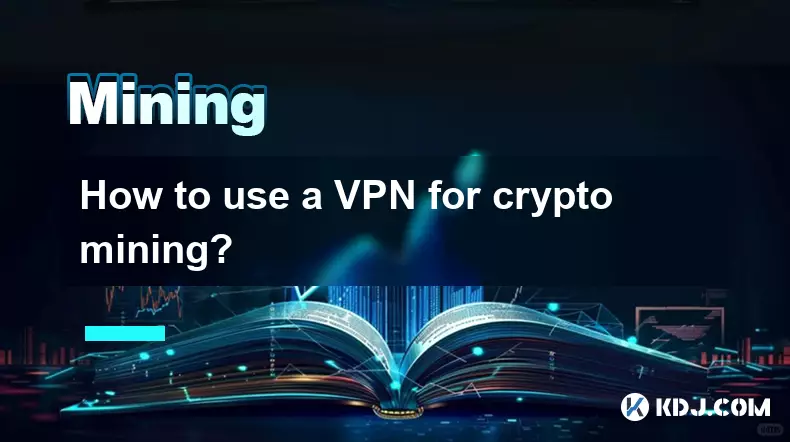
How to use a VPN for crypto mining?
Oct 25,2025 at 06:01pm
Understanding the Role of a VPN in Crypto Mining1. A Virtual Private Network (VPN) creates an encrypted tunnel between your device and a remote server...

Is cloud mining a profitable investment?
Oct 25,2025 at 07:54pm
Understanding Cloud Mining in the Cryptocurrency Ecosystem1. Cloud mining allows individuals to participate in cryptocurrency mining without owning or...
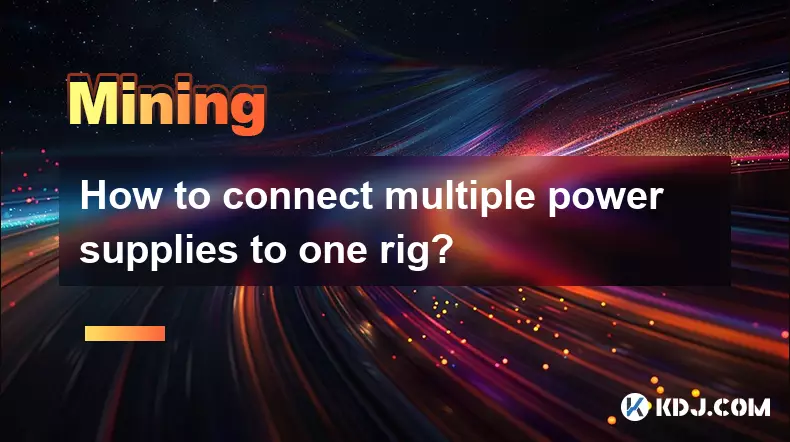
How to connect multiple power supplies to one rig?
Oct 25,2025 at 10:36pm
Understanding Power Supply Configuration in Mining Rigs1. Connecting multiple power supplies to a single mining rig is common in cryptocurrency mining...
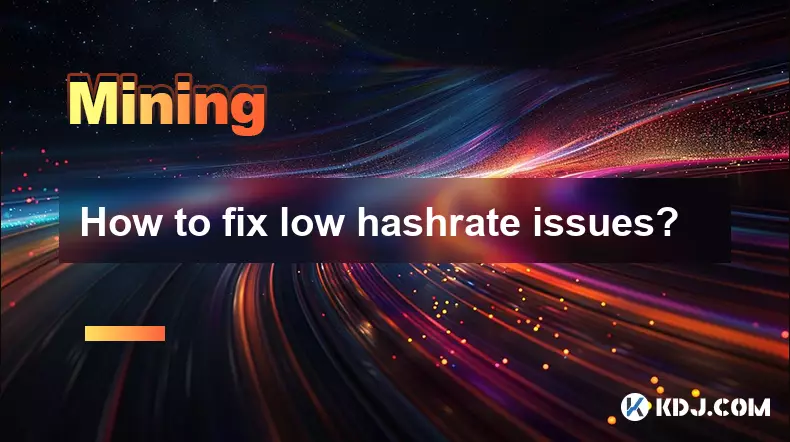
How to fix low hashrate issues?
Oct 25,2025 at 07:36pm
Understanding the Causes of Low Hashrate1. Outdated firmware on mining hardware can severely limit performance, leading to reduced hashrate across ASI...
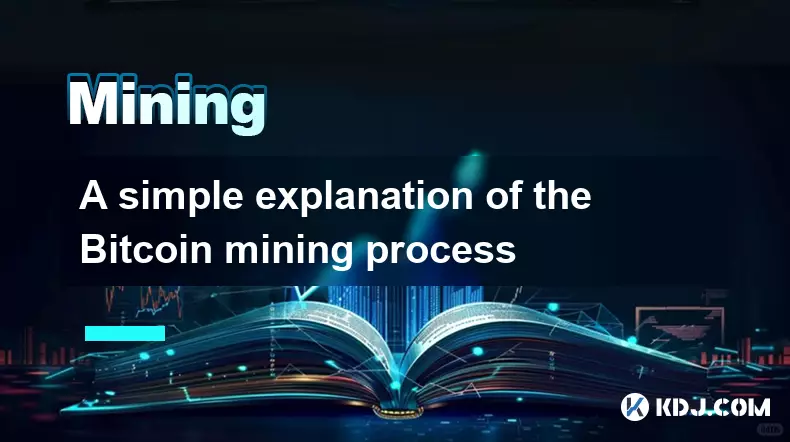
A simple explanation of the Bitcoin mining process
Oct 21,2025 at 05:54am
What Is Bitcoin Mining?1. Bitcoin mining is the process by which new bitcoins are introduced into circulation and transactions are verified on the blo...

How to set up a Chia (XCH) farming plot?
Oct 26,2025 at 03:20am
Understanding Chia Farming and Its Requirements1. Chia (XCH) operates on a unique consensus mechanism known as Proof of Space and Time, differing from...

How to use a VPN for crypto mining?
Oct 25,2025 at 06:01pm
Understanding the Role of a VPN in Crypto Mining1. A Virtual Private Network (VPN) creates an encrypted tunnel between your device and a remote server...

Is cloud mining a profitable investment?
Oct 25,2025 at 07:54pm
Understanding Cloud Mining in the Cryptocurrency Ecosystem1. Cloud mining allows individuals to participate in cryptocurrency mining without owning or...

How to connect multiple power supplies to one rig?
Oct 25,2025 at 10:36pm
Understanding Power Supply Configuration in Mining Rigs1. Connecting multiple power supplies to a single mining rig is common in cryptocurrency mining...

How to fix low hashrate issues?
Oct 25,2025 at 07:36pm
Understanding the Causes of Low Hashrate1. Outdated firmware on mining hardware can severely limit performance, leading to reduced hashrate across ASI...

A simple explanation of the Bitcoin mining process
Oct 21,2025 at 05:54am
What Is Bitcoin Mining?1. Bitcoin mining is the process by which new bitcoins are introduced into circulation and transactions are verified on the blo...
See all articles










































































